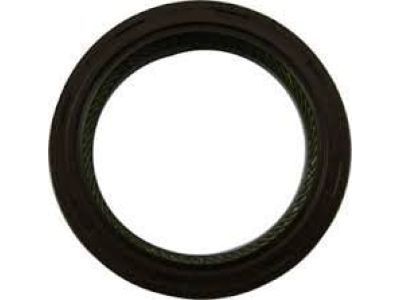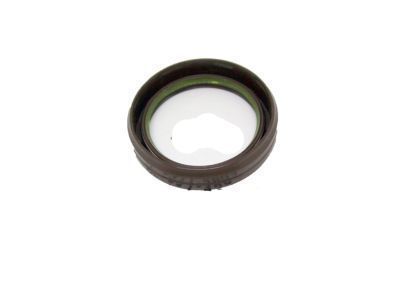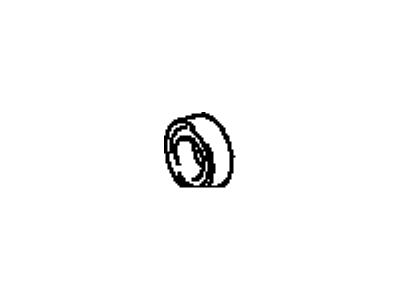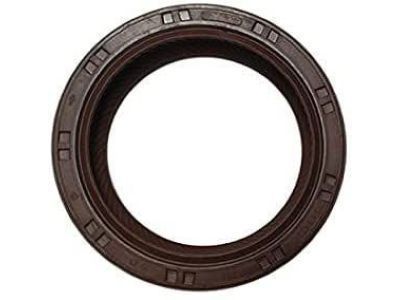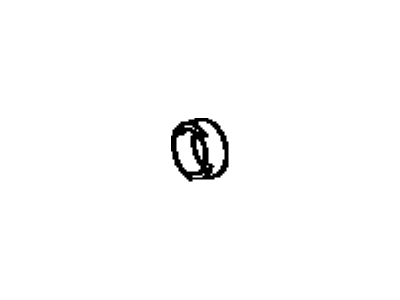

My Garage
My Account
Cart
Genuine Toyota Highlander Camshaft Seal
Cam Seal- Select Vehicle by Model
- Select Vehicle by VIN
Select Vehicle by Model
orMake
Model
Year
Select Vehicle by VIN
For the most accurate results, select vehicle by your VIN (Vehicle Identification Number).
2 Camshaft Seals found
Toyota Highlander Oil Seal
Part Number: 90311-38034$9.51 MSRP: $13.29You Save: $3.78 (29%)Ships in 1-3 Business DaysToyota Highlander Oil Seal
Part Number: 90080-31035$9.51 MSRP: $13.29You Save: $3.78 (29%)Ships in 1-3 Business Days
Toyota Highlander Camshaft Seal
If you are in demand for superior quality and affordable OEM Toyota Highlander Camshaft Seal, then shop with us! We own a wide range of the reduced-priced genuine Toyota Highlander Camshaft Seal. You can purchase in confidence as all parts come with a manufacturer's warranty. Any issues with our products? No need to worry as we have a hassle-free return policy to guide you every step of the way.
Toyota Highlander Camshaft Seal Parts Questions & Experts Answers
- Q: How to replace the Camshaft Seal and Crankshaft Seal in 3.0L and 3.3L V6 engine on Toyota Highlander?A:If the crankshaft oil seal is to be replaced then one must remove the timing belt for the crankshaft sprocket. Look at the depth of the seal in the bore and remove the part of the seal lip with the razor knife. Using a screwdriver or a seal removal tool, carefully unbend the seal out of the engine remembering to put tape around the screw driver head not to mar the housing bore or the crankshaft because in the process of removing the new seal, if this is damaged, leaks might occur. Scrub the bore surface and lubricate the outer peripheral band of the new seal with engine oil and apply multi-purpose grease to the seal lip. To install the new seal, use a seal driver or a socket, slightly less in diameter than the seal's outside diameter, and tapping it with a hammer until the seal is flush with the groove and at the same depth of the previous one, after which it is important to check whether the spring is in place. Replace the crankshaft timing sprocket and the timing belt, after this start the engine and look for oil leaks at the front seal. To get access for the camshaft oil seals, first, you have to take of the timing belt and the camshaft sprocket, and then the rear timing belt cover. Observe that the seal sits deep into a cut-out section and, extremely cautiously, pry it out with a screwdriver that's again been wrapped with tape at the tip of the blade. Remove debris in the bore, and lubricate the outer peripheral surface of the new seal fitting and the seal lip with the engine oil or multi-purpose grease. Insert the new seal into the axle housing by using a seal driver or socket and make it stay central to the housing to the depth of the initial one. Place back the rear timing belt cover and fasten the bolts; replace the camshaft sprocket(s) and the timing belt as well. Last but not the least, start the car and look for the signs of oil leaks at the camshaft seal.
